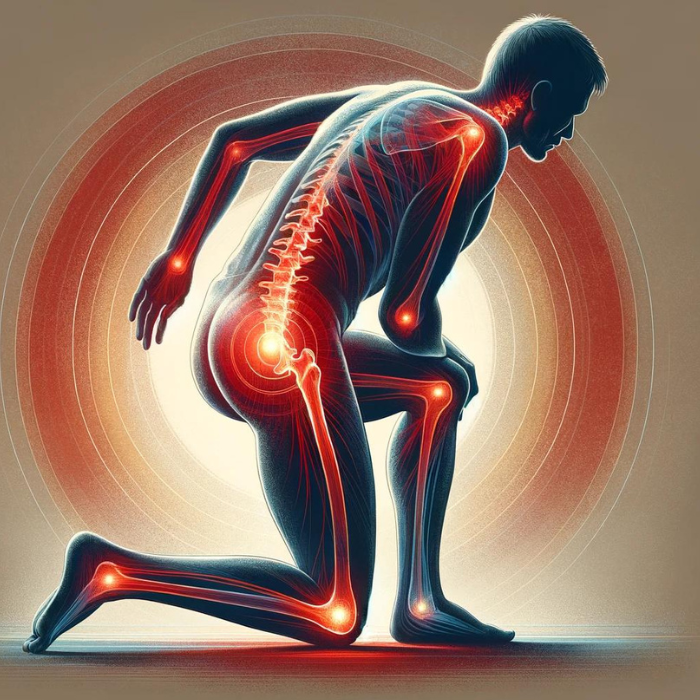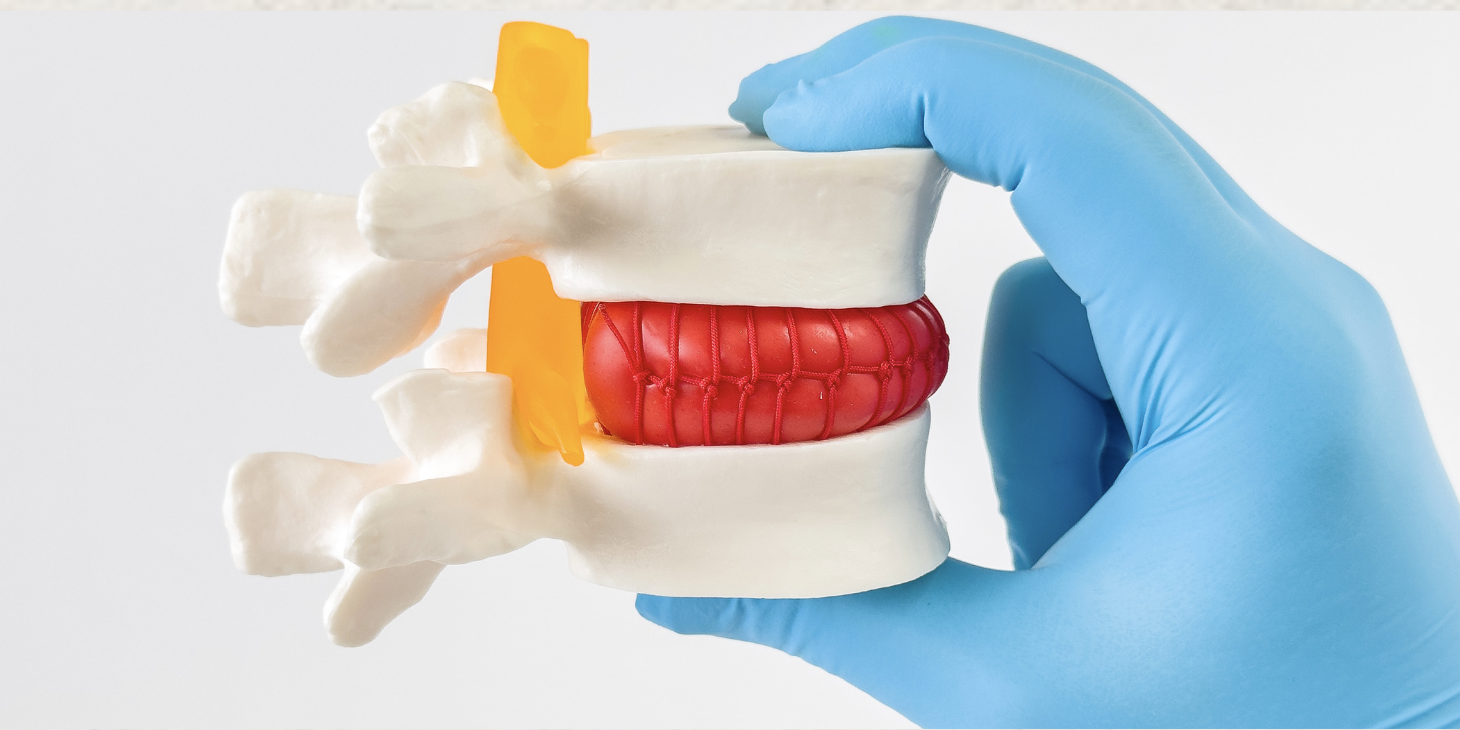Sciatica, a term often synonymous with lower back pain, radiates far beyond a mere discomfort. It’s a symptom, not a diagnosis, indicative of an underlying issue affecting the sciatic nerve, the longest and widest nerve in the human body.
The Underlying Causes
Sciatica is most commonly triggered by a herniated disk in the spine, which presses against the sciatic nerve roots. However, it’s not the sole perpetrator. Spinal stenosis, piriformis syndrome, spondylolisthesis, and even tumors can impinge on the sciatic nerve, eliciting characteristic pain that can range from a mild ache to a sharp, burning sensation, or even electric shock-like pain.
The Sciatic Nerve and Its Pathway
The sciatic nerve begins in the lower back, coursing through the buttocks and down each leg. The nature of sciatica pain can often be traced to the specific nerve root affected. For instance, a herniation at the L5 vertebra might affect the outer part of the foot, while an S1 herniation might impact the little toe’s side.
Diagnosis: A Critical Step
Diagnosing sciatica involves a comprehensive physical exam and possibly imaging tests like MRI or CT scans to pinpoint the exact cause of nerve irritation. Timely diagnosis is key to effective management.
Management Strategies
The cornerstone of sciatica treatment is often conservative care, including physical therapy, medications for pain and inflammation, and lifestyle modifications. Physical therapy, in particular, plays a crucial role, with tailored exercises designed to strengthen the back muscles, improve posture, and enhance flexibility.
The Role of Lifestyle in Prevention and Management
Lifestyle modifications can significantly impact the prevention and management of sciatica. Maintaining a healthy weight, ensuring proper posture, engaging in regular, low-impact exercise, and employing ergonomic practices at work can all contribute to spinal health and, by extension, reduce the risk of sciatic nerve compression.





